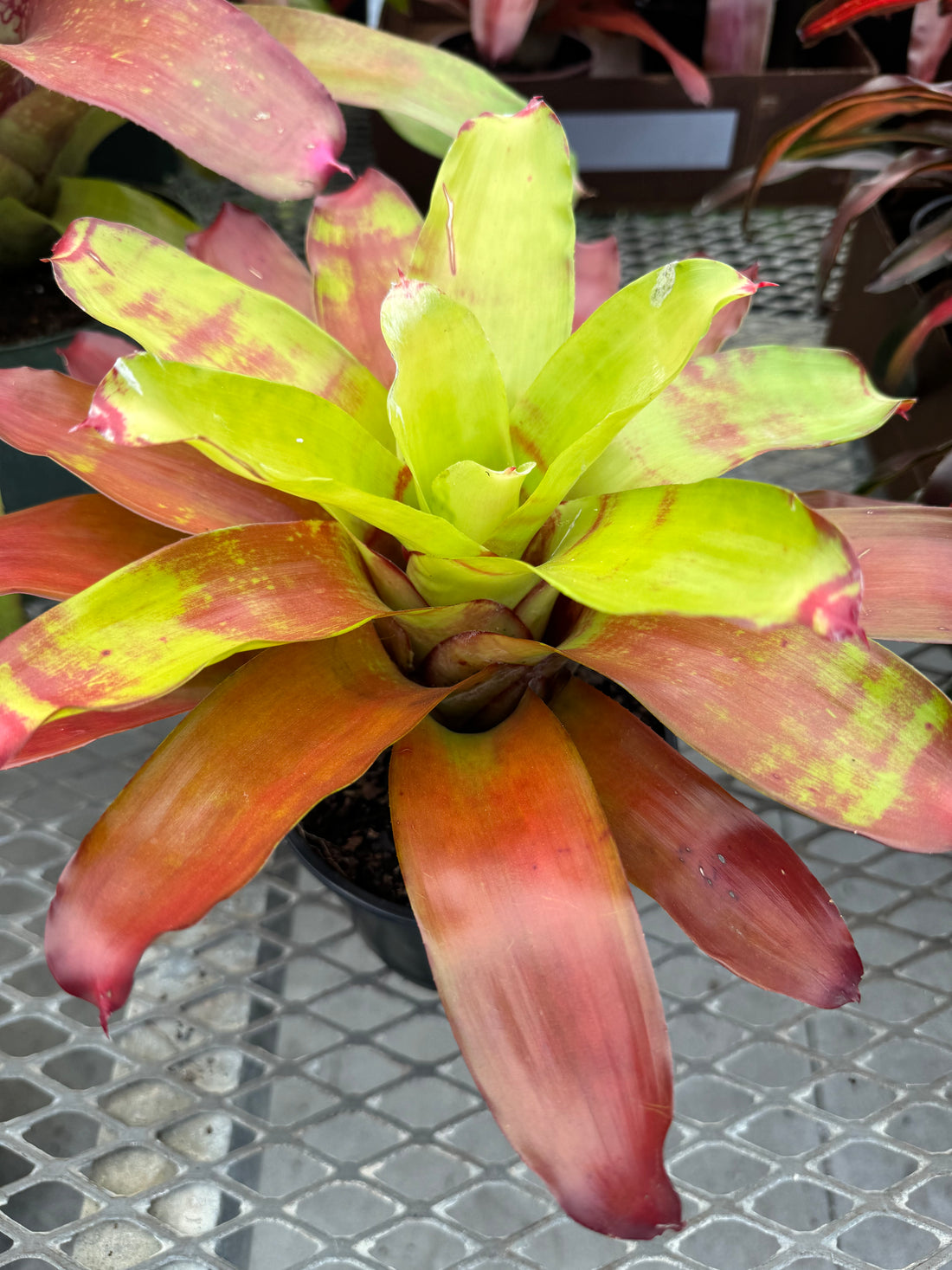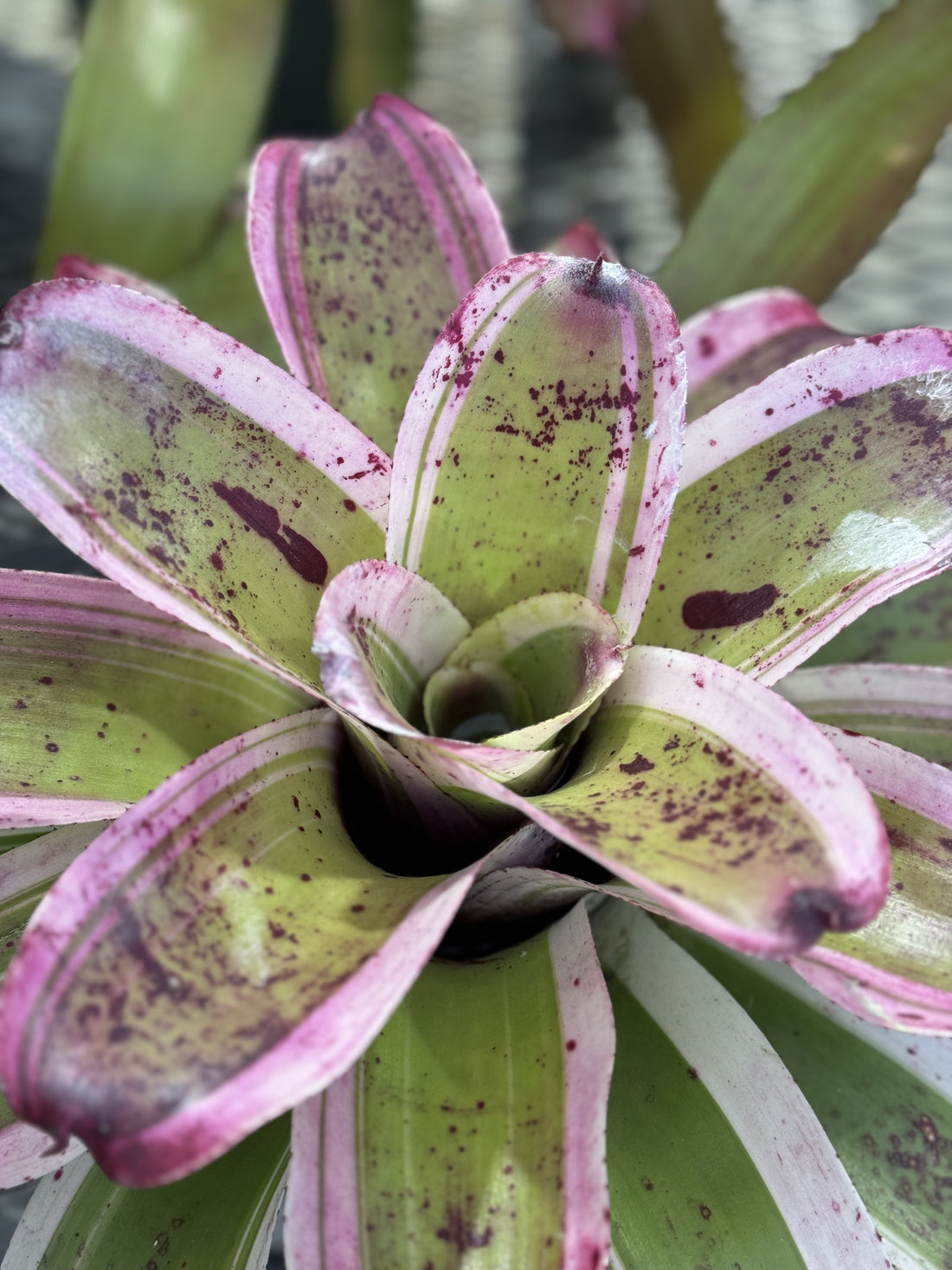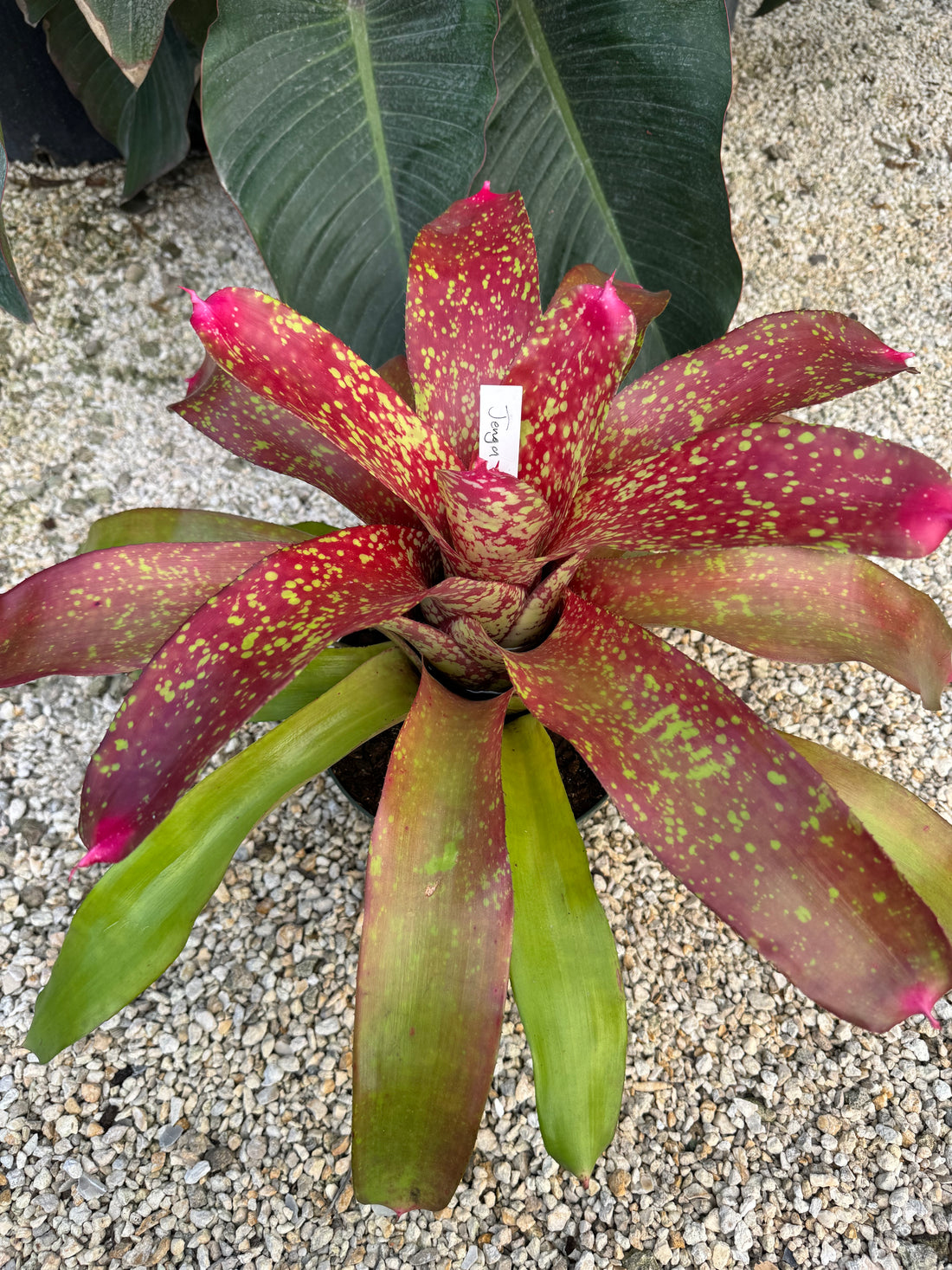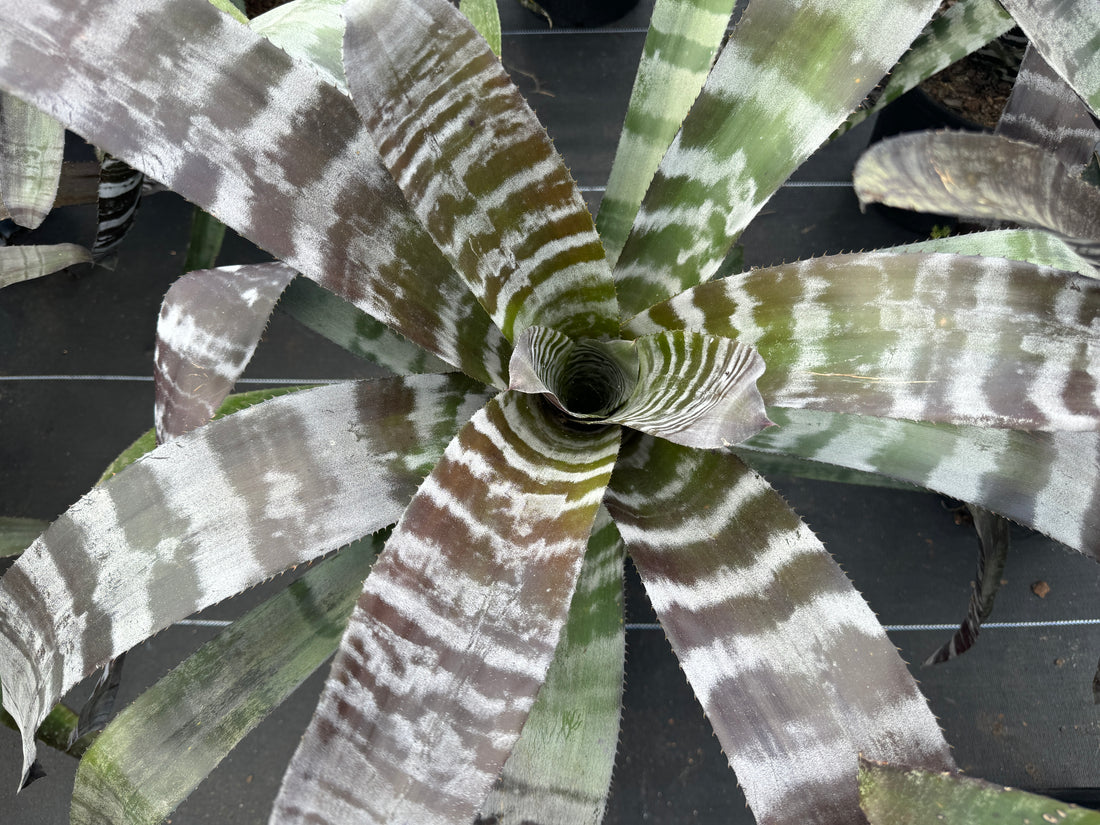43 products
-
Bromeliad, Neoregelia Mcwiliamsii

 Bromeliad, Neoregelia McwiliamsiiHouse Plants
Bromeliad, Neoregelia McwiliamsiiHouse Plants- Regular price
-
From
$24.99 - Regular price
-
$29.99 - Sale price
-
From
$24.99
-
Bromeliad, Neoregelia Sangria Red Wine

 Bromeliad, Neoregelia Sangria Red WineHouse Plants
Bromeliad, Neoregelia Sangria Red WineHouse Plants- Regular price
-
From
$29.99 - Regular price
-
$34.99 - Sale price
-
From
$29.99
-
Bromeliad, Neoregelia Wine and Gold

 Bromeliad, Neoregelia Wine and GoldHouse Plants
Bromeliad, Neoregelia Wine and GoldHouse Plants- Regular price
-
$24.99 $49.99 - Regular price
-
$24.99 - Sale price
-
$24.99 $49.99
-
Bromeliad, Neoregelia Victoria Secret

 Bromeliad, Neoregelia Victoria SecretHouse Plants
Bromeliad, Neoregelia Victoria SecretHouse Plants- Regular price
-
From
$29.99 - Regular price
-
$34.99 - Sale price
-
From
$29.99
-
Bromeliad Aechmea Blanchetiana Orange

 Bromeliad Aechmea Blanchetiana OrangeBromeliad
Bromeliad Aechmea Blanchetiana OrangeBromeliad- Regular price
-
From
$69.99 - Regular price
-
$79.00 - Sale price
-
From
$69.99
-
Bromeliad, Neoregelia El Morado

 Bromeliad, Neoregelia El MoradoHouse Plants
Bromeliad, Neoregelia El MoradoHouse Plants- Regular price
-
From
$29.99 - Regular price
-
$34.99 - Sale price
-
From
$29.99
-
Bromeliad, Neoregelia Super Fireball

 Bromeliad, Neoregelia Super FireballHouse Plants
Bromeliad, Neoregelia Super FireballHouse Plants- Regular price
-
From
$24.99 - Regular price
-
$29.99 - Sale price
-
From
$24.99
-
Bromeliad, Vriesea Splenriet

 Bromeliad, Vriesea SplenrietHouse Plants
Bromeliad, Vriesea SplenrietHouse Plants- Regular price
-
From
$39.99 - Regular price
-
$49.99 - Sale price
-
From
$39.99
-
Bromeliad, Neoregelia Jenga

 Bromeliad, Neoregelia JengaHouse Plants
Bromeliad, Neoregelia JengaHouse Plants- Regular price
-
From
$29.99 - Regular price
-
$34.99 - Sale price
-
From
$29.99
-
Bromeliad, Neoregelia Matilde

 Bromeliad, Neoregelia MatildeHouse Plants
Bromeliad, Neoregelia MatildeHouse Plants- Regular price
-
From
$29.99 - Regular price
-
$34.99 - Sale price
-
From
$29.99
-
Bromeliad Aechmea Chantinii 'Black Paradise'

 Bromeliad Aechmea Chantinii 'Black Paradise'Bromeliad
Bromeliad Aechmea Chantinii 'Black Paradise'Bromeliad- Regular price
-
From
$89.99 - Regular price
-
$109.00 - Sale price
-
From
$89.99
-
Bromeliad, Neoregelia Sherlette Shiigi

 Bromeliad, Neoregelia Sherlette ShiigiHouse Plants
Bromeliad, Neoregelia Sherlette ShiigiHouse Plants- Regular price
-
$39.99 $69.99 - Regular price
-
$44.99 - Sale price
-
$39.99 $69.99
Bromeliad plants are a diverse and captivating group of tropical plants known for their vibrant colors and unique structures.
There are numerous species and varieties of bromeliads available, each with its own distinct characteristics. Some popular types include Bromeliad Alcantarea imperialis, Bromeliad, Neoregelia WolfGang, Tillandsia (air plants).
Unique Features, What sets bromeliads apart is their rosette-like formation of leaves that create a central cup or tank. This structure collects water and provides a habitat for various organisms. Additionally, many bromeliads produce stunning, long-lasting flowers in a variety of colors and shapes.
Bromeliad Varieties:
- Bromeliad, Neoregelia WolfGang
- Bromeliad, Neoregelia Tricolor
- Bromeliad, Neoregelia El Morado
- Bromeliad, Neoregelia Sherlette Shiigi
Growing Conditions: Bromeliads thrive in bright, indirect light. They can tolerate lower light conditions, but it may affect their foliage color and flowering. It's essential to avoid direct sunlight, as it can scorch the leaves. Most bromeliads prefer warm temperatures ranging from 60-80°F.
Watering methods vary among different bromeliad species. While some bromeliads require regular watering of both the soil and the central cup, others primarily absorb moisture through their leaves and prefer misting or occasional drenching. It's crucial to allow the soil to dry out partially between watering's to prevent root rot.
Bromeliads generally prefer loose, well-draining potting mixes. Specialized bromeliad mixes or orchid mixes work well. Avoid using heavy soils that retain moisture for too long.
Air Plants (Tillandsia) are a unique group of bromeliads that don't require soil. They anchor themselves to other plants or objects and absorb water and nutrients through their specialized leaves. Air plants are popular for their ease of care and can be displayed in various creative ways.
Bromeliads are relatively low-maintenance plants. Regularly remove any accumulated water from the central cup to prevent stagnation and insect issues. Trim dead or damaged leaves to maintain the plant's appearance and overall health.
Bromeliad Varieties:


























